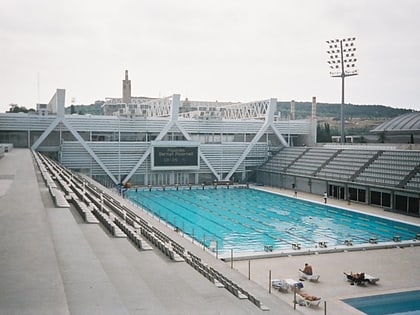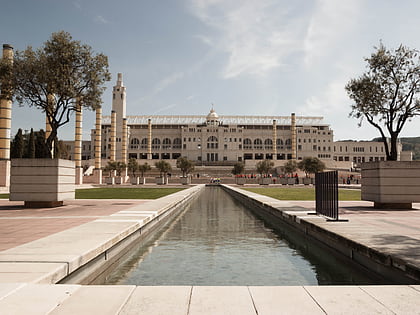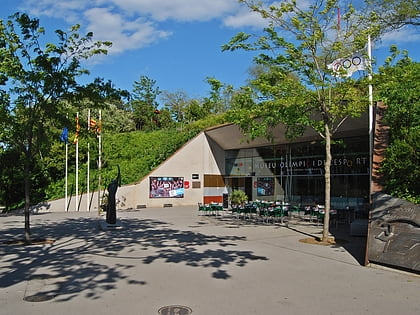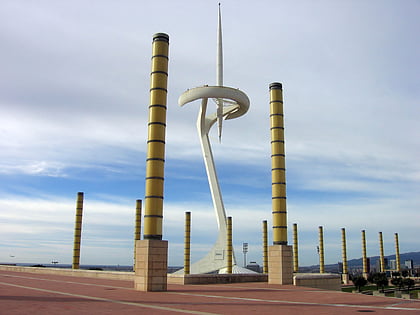Palau Sant Jordi, Barcelona
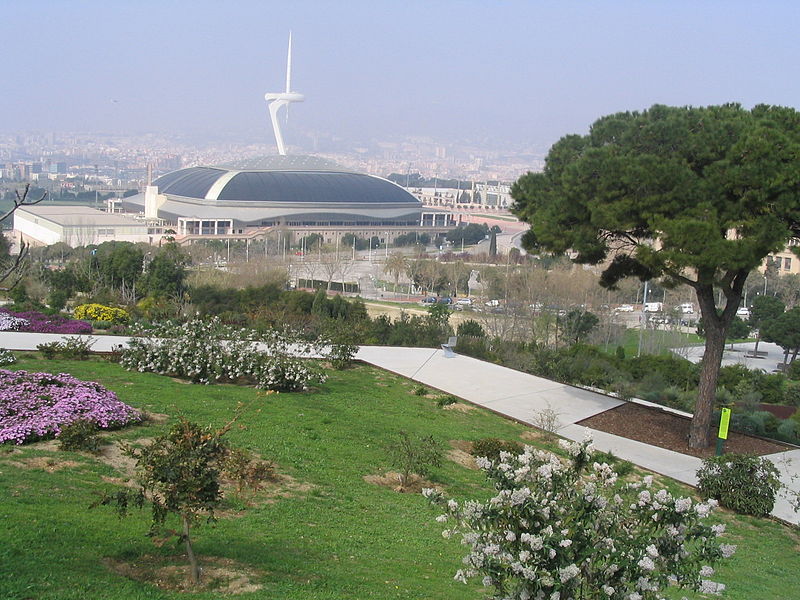
Facts and practical information
Palau Sant Jordi, an emblem of Barcelona's sporting architecture, is a versatile indoor arena nestled on the Montjuïc hill. Inaugurated in 1990 for the 1992 Summer Olympics, it was designed by the renowned Japanese architect Arata Isozaki, and has since become a key venue for major sports events, concerts, and cultural gatherings.
This state-of-the-art facility boasts a seating capacity of up to 17,000 spectators for sporting events and can accommodate even more for concerts. Its innovative design includes a retractable roof, which allows it to adapt to the varying requirements of the events it hosts. The arena's flexibility and modern amenities make it one of the premier venues not only in Spain but in all of Europe for international competitions and entertainment.
During the 1992 Olympics, Palau Sant Jordi was the main stage for gymnastics and volleyball events, showcasing its capability to host high-profile and diverse sporting occasions. Its legacy continues as it regularly hosts basketball games, swimming competitions, and has even seen the likes of the Davis Cup.
Apart from sports, Palau Sant Jordi has earned a reputation for being one of Barcelona's largest and most sought-after concert venues. Over the years, it has welcomed a roster of international music stars, solidifying its place in Barcelona's vibrant cultural scene.
Palau Sant Jordi – popular in the area (distance from the attraction)
Nearby attractions include: Museu Nacional d'Art de Catalunya, CaixaForum Barcelona, Magic Fountain of Montjuïc, Fundació Joan Miró.
Frequently Asked Questions (FAQ)
Which popular attractions are close to Palau Sant Jordi?
How to get to Palau Sant Jordi by public transport?
Bus
- Palau Sant Jordi • Lines: 125, 13 (3 min walk)
- Av de l'Estadi - Estadi Olímpic • Lines: 125, 150 (6 min walk)
Train
- Parc de Montjuïc (18 min walk)
- Paral·lel (31 min walk)
Metro
- Foc • Lines: L10 Sud (19 min walk)
- Foneria • Lines: L10 Sud (19 min walk)


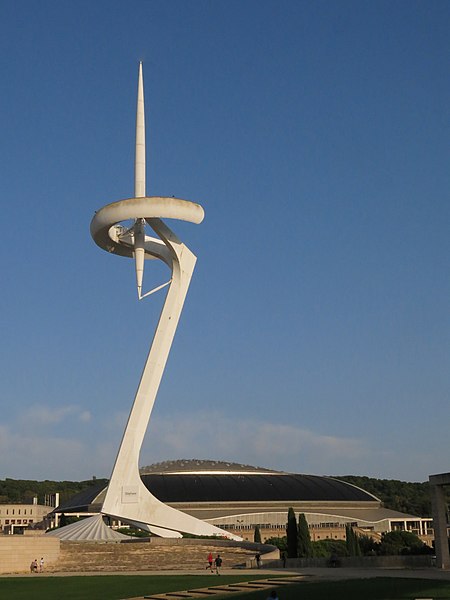
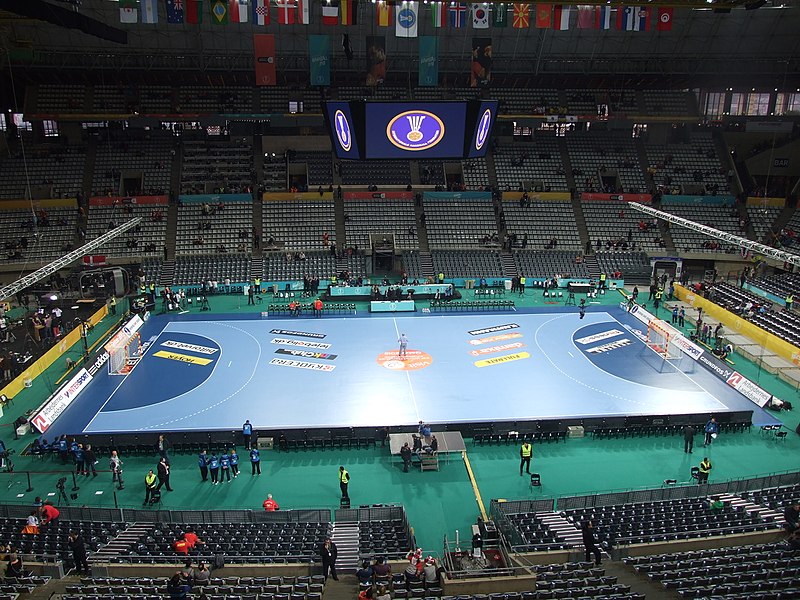
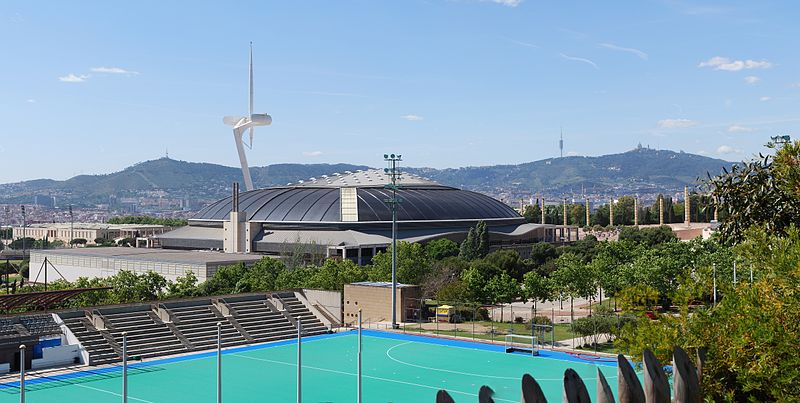
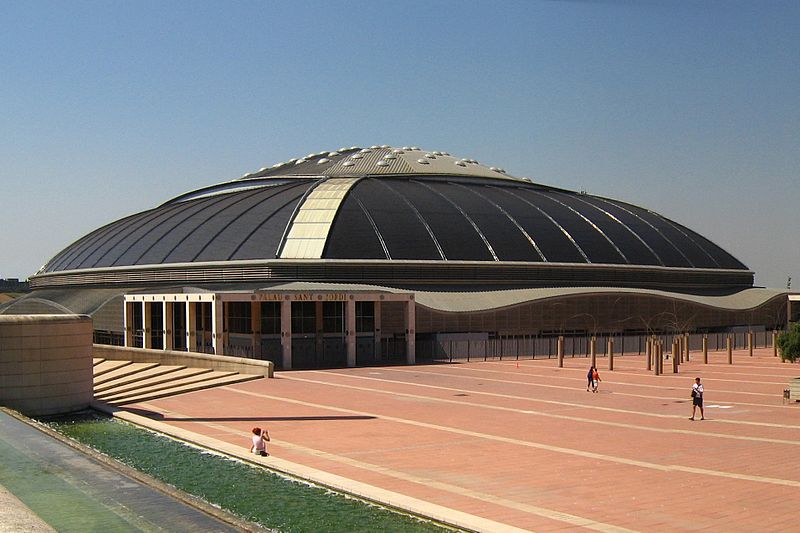
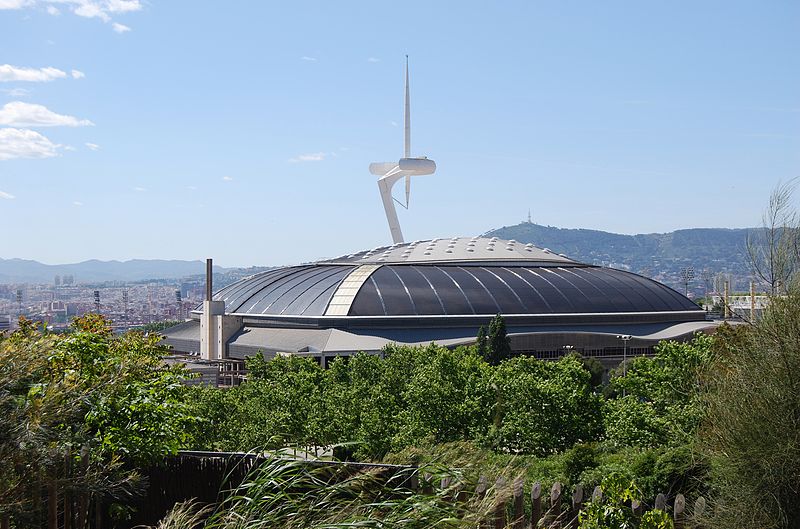

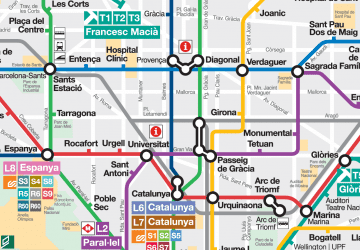 Metro
Metro





